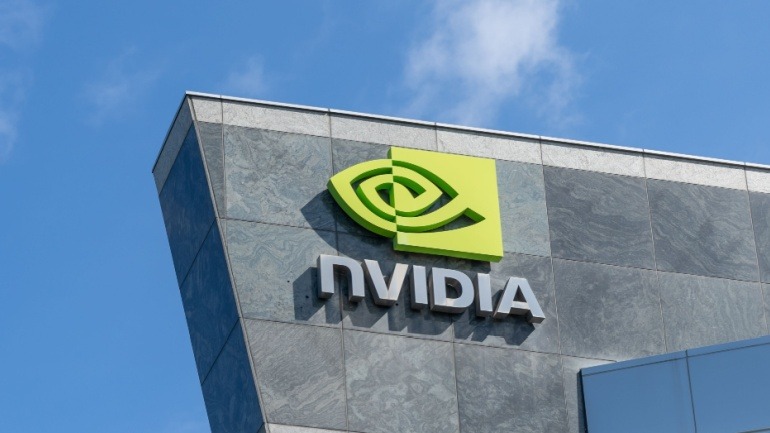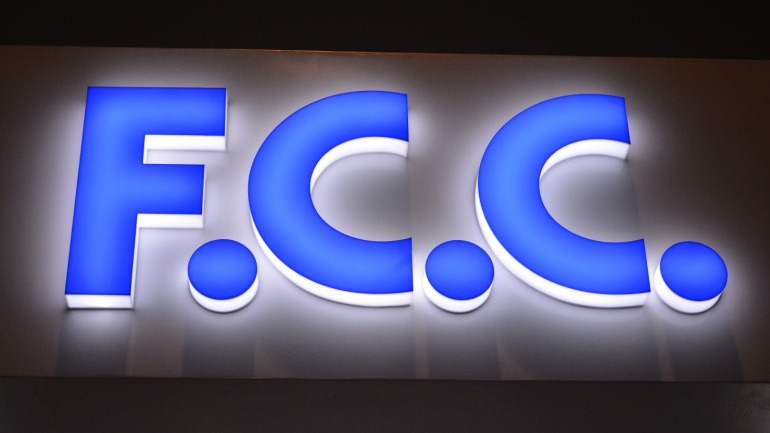The Philippines’ NTC has denied NOW Telecom’s appeal to extend its mobile license after the company failed to meet rollout targets—deploying just 6 of 2,306 promised base stations. Regulatory non-compliance and unpaid spectrum fees totaling PHP 3.57 billion further sealed its fate.
A group of major European telecoms, including Vodafone and Orange, urges urgent EU, UK, and NATO action to protect subsea cables amid rising hybrid threats. Citing recent incidents and geopolitical tensions, the coalition supports enhanced cross-border collaboration and the EU’s Cable Security Action Plan to safeguard Europe’s connectivity.
Telenor has secured a 10-year deal to supply advanced, satellite-free communication tech to Swedish and Finnish militaries via its subsidiary KNL. The agreement, part of deeper Nordic defense ties, positions Telenor at the forefront of secure, resilient military communications amid rising global security challenges.
Ericsson and SoftBank have signed a Memorandum of Understanding to propel next-gen telecom technologies, including AI, Cloud RAN, and 6G. The partnership, called “NextWave Tech,” aims to enhance network efficiency and connectivity. Emphasizing innovative spectrum use and AI-driven automation, this collaboration positions Japan as a leader in telecom advancement.
The E2A transpacific subsea cable promises to revolutionize telecommunications infrastructure, linking Japan and the USA by 2028. Connecting major regions like Taiwan, South Korea, and Japan to the US, this project is backed by telecom giants Chunghwa Telecom, SoftBank, SK Broadband, and Verizon.
VoIP phone numbers are transforming business communications by offering unmatched flexibility, cost efficiency, and scalability. Unlike traditional phone systems, VoIP operates over the internet, allowing businesses to stay connected from anywhere. This technology supports remote work, enhances customer service, integrates with digital tools, and enables seamless scalability – all while reducing costs. In this article, we explore how VoIP numbers, like those provided by DIDWW, help businesses stay agile, competitive, and responsive in an ever-evolving market.
BT is in talks with AT&T and Orange to explore partnerships for its international operations, possibly leading to a partial sale. This move aligns with CEO Allison Kirkby’s UK-focused strategy, following BT’s recent sale of its Irish operations.
NVIDIA is revolutionizing telecoms with its AI advancements. Collaborating on large telco models and AI agents at GTC, NVIDIA aims to enhance network management. These innovations transform how data is processed, making telecom networks smarter and more efficient.
The FCC’s “Delete, Delete, Delete” initiative is set to revolutionize the telecommunication landscape, impacting VoIP and fostering innovation by eliminating outdated regulations. Led by Chairman Brendan Carr, this move targets reducing regulatory burdens, encouraging VoIP engineers and IT professionals to engage actively in shaping a more efficient regulatory framework.
The UK government is investing £23 million in telecommunications research, enhancing 5G, AI, and cloud computing. Funding supports regional projects in Belfast, West Midlands, and Glasgow, with £7 million improving business infrastructure and £15 million advancing AI.













